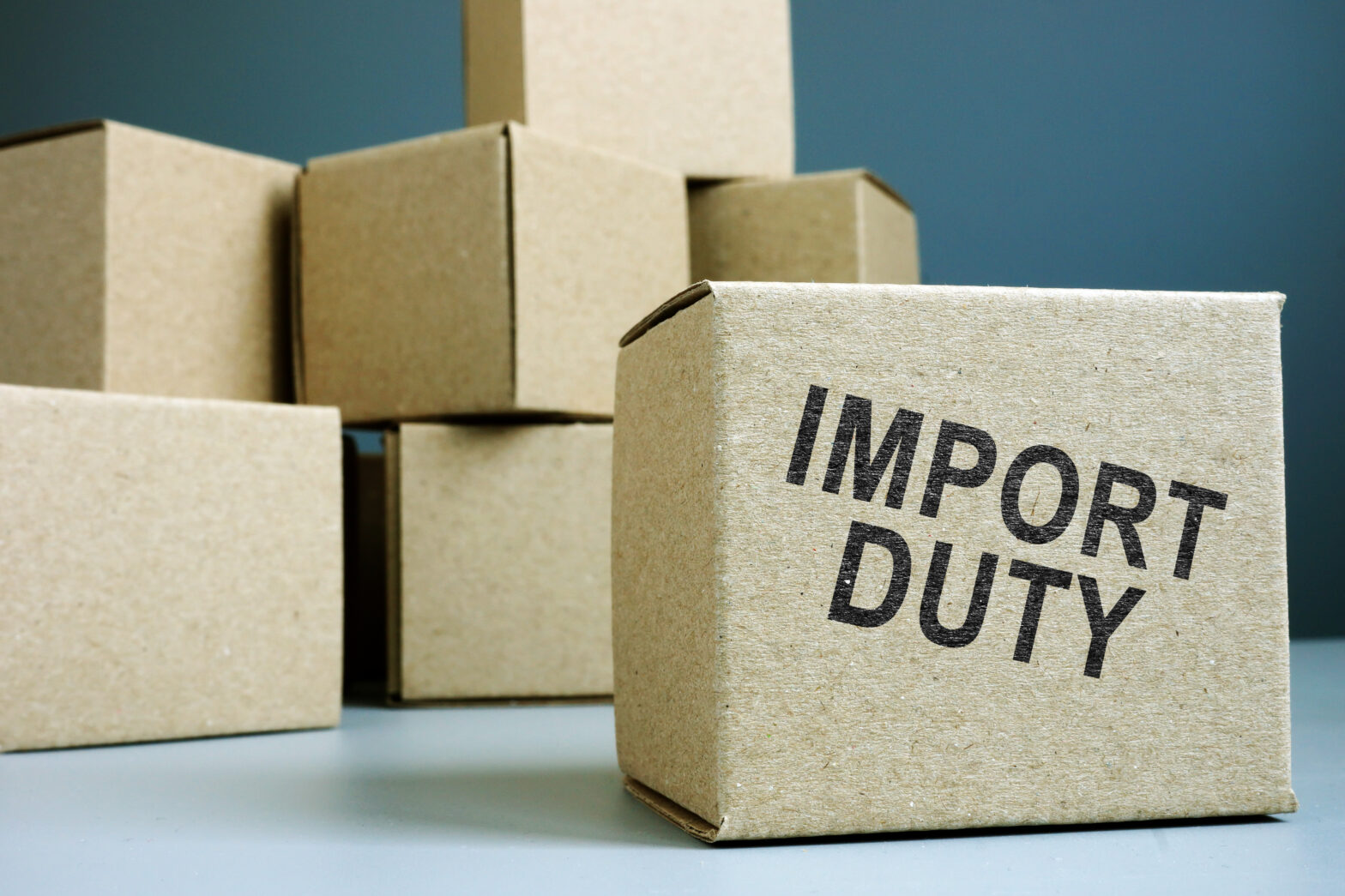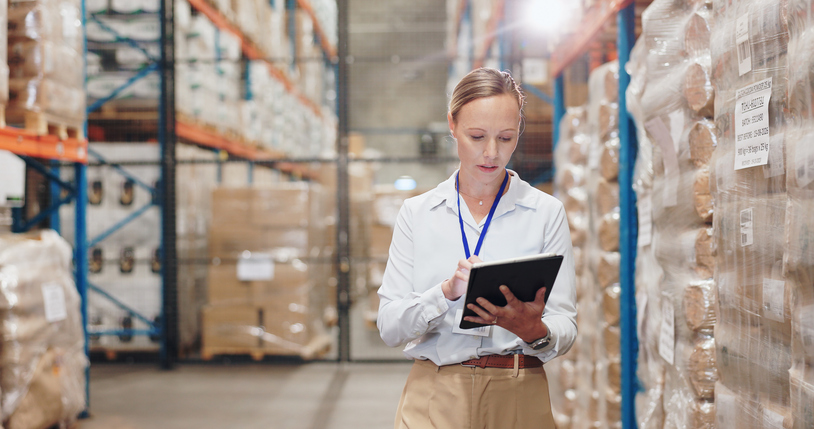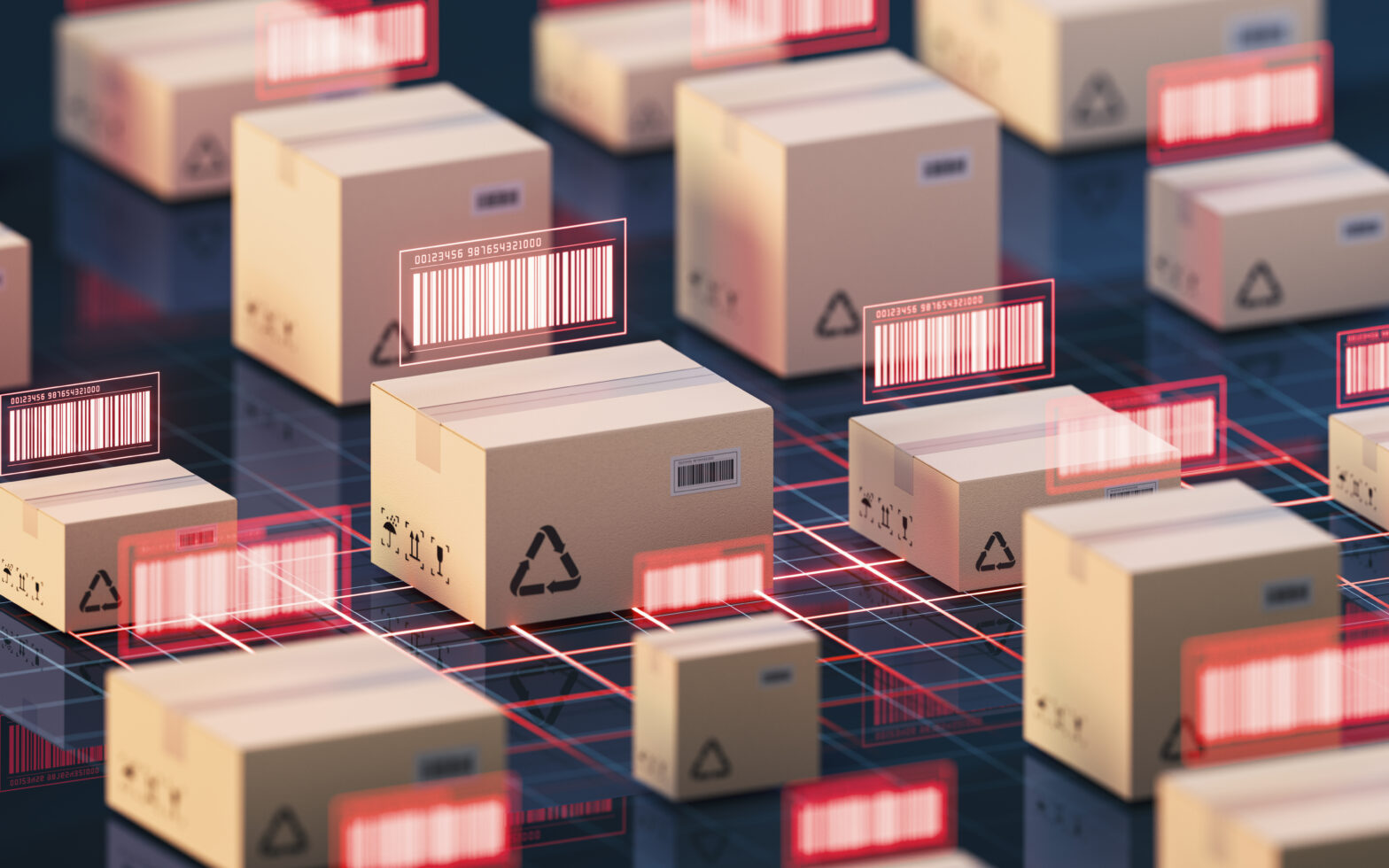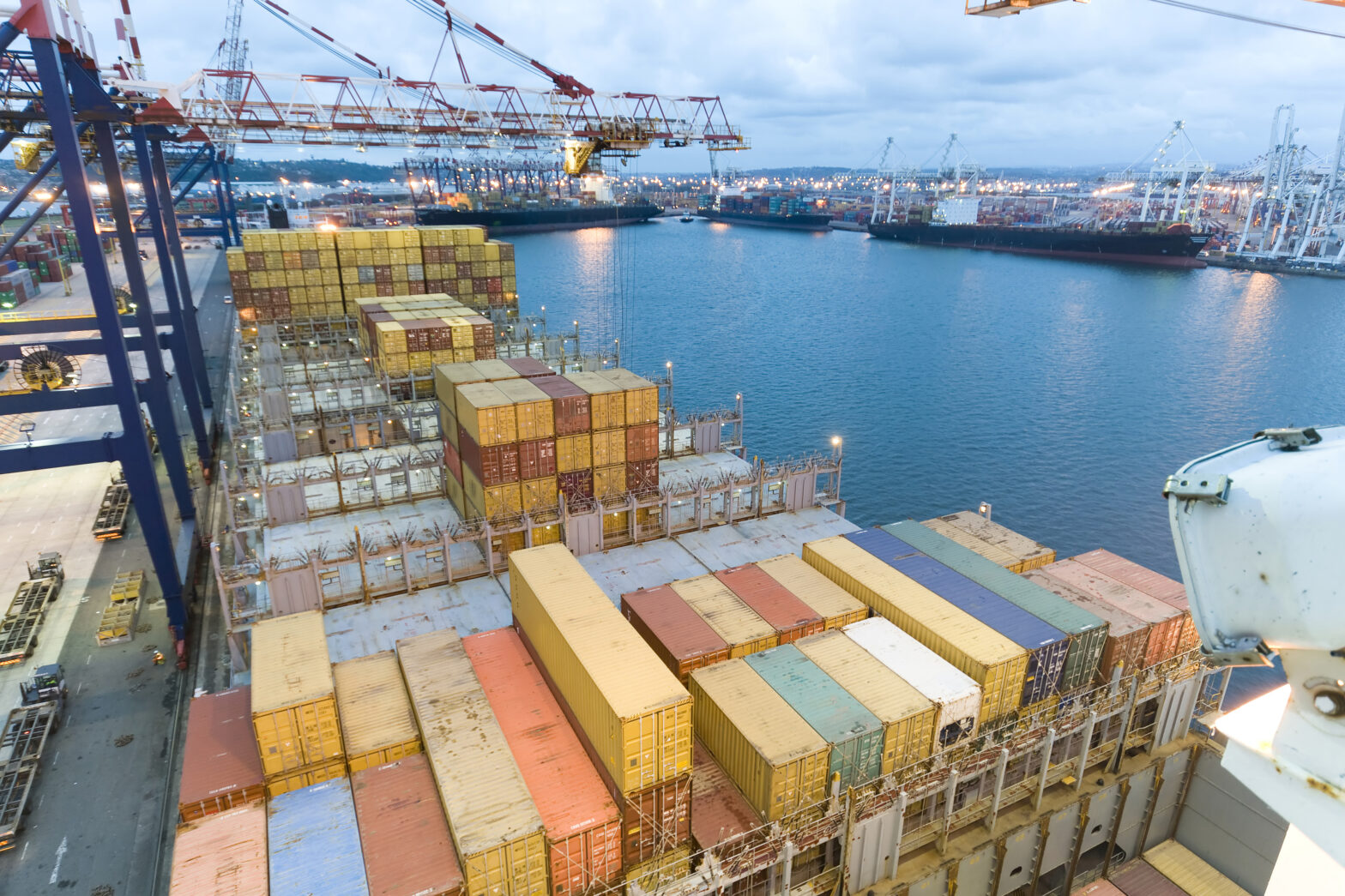There is no such single tax as import duty: what there is are different taxes and duties, including Import VAT and Customs Duty.
Import VAT, Customs Duty, Excise Duty
If you purchase goods from abroad into Great Britain (England, Scotland and Wales) and Northern Ireland from outside the UK and EU, you may need to pay a number of different taxes and duties, depending on the nature of the goods and where you purchased them from.
In the UK there are three main forms of import taxes that may apply: Import VAT, Customs Duty, and Excise Duty. Depending on the nature of your imports, you may need to pay one, or in some circumstances, multiple taxes.
Import VAT
As a result of Brexit, the UK is now out of the EU Customs Union and VAT regime. This means goods being imported from the EU into Great Britain (GB), face new customs declarations, inspection, and Import VAT obligations.
Northern Ireland however has a unique position, as it is treated as being part of the EU for VAT purposes for supplies of goods. This means that instead of Import VAT being due, acquisition VAT is self-accounted for by the customer on imports of goods from EU countries into Northern Ireland.
In addition, there is no customs duty on goods between the EU and Northern Ireland (and vice versa).
Import VAT requirements
If you are importing goods from abroad, the standard value VAT rate of 20 per cent needs to be paid if their value exceeds £135 (excluding transport and insurance costs and any other taxes and charges identified by the customs authorities).
Where the sale is made to a consumer in the UK, VAT for goods valued below this threshold is charged and collected at the checkout by the seller.
In instances where a sale for goods below the threshold is made to a business, it is then the customer who is responsible for self-accounting for Import VAT through its VAT return as a reverse charge.
HMRC’s Integrated Tariff tool sets out the classification of goods and the rates of duty in detail.
How much extra you could be charged depends on the total value of your order. Also known as the consignment value, this is the price of the goods you’ve purchased excluding the shipping and handling costs. How much you pay also depends on the firm you’ve bought from.
In some cases, because delivery firms have paid shipping and import costs, you may be asked to pay additional fees by the couriers delivering your items.
If you must pay VAT to the delivery company, it’s charged on the total package value, including:
- Value of the goods
- Origin of the goods
- Classification of the goods
Paying import VAT
To help avoid goods getting stuck at the border, you will need to plan how you wish to settle UK Import VAT for the first time. This will also help make sure you avoid losing it as an unrecoverable cost.
There are several options depending on the value of the goods, the type of customer (B2B or B2C), and who is the importer of record (the consignee who acts as the named importer):
Have your customer pay under Delivered At Place (DAP) Incoterms
However, where the customer is a private consumer (B2C) and the goods are below £135, this is not an option as there is a requirement for the seller to register for VAT and charge VAT at the point of sale. Many B2B customers may accept this model if they are aware of their responsibilities and there are no hidden costs e.g., customs duty due. For goods over £135, consumers will be unlikely to shop with you again if they are hit with an unexpected and unwelcome Import VAT and customs duty bill.
Pay at Customs via your freight, shipping, or delivery agent
If you are paying VAT to the delivery company, this will generally need to be paid to the delivery company either before the goods are delivered or when you collect them.
Defer the import VAT payment via Postponed VAT Accounting in your UK VAT return
Whichever route you take, it’s important to ensure that you retain the necessary evidence of the import VAT paid so you can recover it from HMRC. This is a C79 document for instances where Import VAT has been physically paid where you are the importer or the Postponed VAT statement where you are the importer and have opted to use Postponed VAT Accounting.
Do I have to pay import VAT straight away?
In January 2021, at the end of the Brexit transitional period, the UK introduced an option for UK VAT registered businesses to defer paying Import VAT when goods are imported into the UK and instead apply a reverse charge (a self-assessment with a simultaneous input tax deduction) in the UK VAT return.
Key features of Postponed Import VAT Accounting (PIVA) are:
- All UK VAT registered businesses can use PIVA – both UK businesses and foreign companies
- No bank or financial guarantee is needed
- No need to obtain or use a duty or VAT deferment account
- Sign up to the Customs Declaration Service (CDS) online just once
- Option to postpone UK Import VAT by using PIVA on each customs declaration
- UK VAT number and Economic Operators Registration and Identification number (EORI) quoted on declaration together with a code triggering PIVA
- Monthly PIVA statements will usually be available to view and download as PDF documents by the sixth working day of the month
- Businesses will take the value of postponed Import VAT shown in the PIVA statement and self-assess that amount as a reverse charge in the VAT return
- HMRC will only show import statements in the online VAT account that are dated within six months from the date of being published.
If you do not have the support of a third party, you will need to work closely with your customs agent who will need to support you by providing you with the documentation you need in order for your accountant to factor in VAT on your VAT return and reclaim the import VAT as input tax in the same return.
Low-value consignments
If you are importing goods below the £135 threshold, you may already have been charged VAT as a seller.
The rules for collecting VAT on low-value shipments coming into the UK depend on who the buyer is. Since the Brexit transition period ended, the Low-Value Consignment Relief (LVCR) was a type of tax relief for import VAT which applied to shipments with a value worth less than £15. Since the UK left the European Union, this threshold has been lifted to £135: for both businesses and regular customers.
Under current low value import rules for shipments directly to consumers:
- Imports directly to consumers (B2C) should pay VAT at the point of sale for shipments worth less than £135
- The seller is responsible for charging VAT on the sale
If the shipment is worth more than £135, the customer will pay import VAT and duty at the border as detailed above.
For low-value goods, sellers do not need to register for UK VAT and VAT does not need to be displayed on the customs invoice: however, the customs invoice must show the value of the consignment to be higher than the £135 threshold.
It is also worth noting that there are different rules when selling to UK businesses, or through an online marketplace. Where UK customers buy goods from overseas via an online marketplace (e.g. Amazon), VAT is paid at the point of sale – responsibility to collecting and paying VAT sits with the marketplace: not the individual seller.
For business-to-business sales (B2B), low-value imports made by UK businesses the following applies:
- VAT does not need to be charged at the point of sale as long as the following apply:
- The buyer is a UK registered business
- The goods are bought from another business which is overseas
- You import those goods into the UK
- The shipment is worth less than £135
Import VAT checklist
- VAT on imports is generally charged at the same rate as for domestic sales in the UK
- You can usually self-account for import VAT on your VAT return by using Postponed Import VAT Accounting. This means you do not need to pay the VAT upfront and then recover it
- You must have an EORI number and include your VAT registration number on any customs declaration and opt to use Postponed Import VAT Accounting
- If you are not registered for VAT, or the goods are not for business use, you must pay import VAT and cannot reclaim it
Avalara’s Guide to UK Postponed Import VAT Accounting is a handy reference to make sure you have all that you need.
Customs Duty
For businesses based in Great Britain, Customs Duty applies in cases where the total value of the consignment (not each individual item) is valued at more than £135 entering from anywhere outside the UK. For businesses in Northern Ireland, Customs Duty applies for goods entering from outside the UK and the EU.
The fee can range from 0-25 per cent depending on the classification and origin of the goods you’ve bought.
Correct Classification for your goods
To help make sure you are paying the correct rate of customs duty on your imports, you need to be aware of the correct commodity codes (also known as Harmonized System (HS codes). These codes are designed to make sure the correct rate of tax is being paid as well as to help keep goods flowing freely across borders.
>See also: The essential guide to commodity codes and HS categories
Harmonized System codes
Harmonized System (HS) tariff codes are used globally for the uniform classification of goods and as the basis for Customs tariffs and duty across the world. Every five years, the World Customs Organization (WCO) reviews and updates HS codes so it’s important these are regularly reviewed.
Commodity System codes
A commodity code is the EU and UK custom’s HS tariff code system to classify goods being imported. You’ll be asked for a commodity code for your customs declaration to work out the rate of duty you need to pay.
You can use the UK government online Trade Tariff service to look up commodity codes. This tariff also sets out the Import VAT rate too.
Whether you are an importer, exporter or involved in cross-border transactions, you will need to use the right codes for your products to pay the correct duties and taxes. Using the incorrect codes can cost your business money.
Rules of origin
The EU and UK have agreed a system of nil or preferential customs duties (tariffs) for goods that comply with the ‘rules of origin’ from 1 January 2021 in their Trade and Cooperation Agreement. This means for most goods shipped between the EU and GB (and vice versa), there is zero customs duty levied if products have been largely produced and manufactured in the EU, or GB where goods are sold into the EU.
For the rules of origin to apply, goods must largely originate from the respective countries. Proof of the origin and claims in customs declarations must be made to support this. Importers must be also able to properly classify goods with UK and EU commodity codes. Failure to comply with this will mean EU or UK import tariffs will still apply.
Currently most goods imported between EU and UK are nil rated for customs duties. Customs charges should not be applied to products of EU origin, due to the rules of origin agreement between the UK and the EU.
Excise Duty
Excise Duty designed to limit the consumption of products that are seen to be damaging to the environment or to consumers’ health (for example, alcohol, tobacco, or fuel products).
Plastic Packaging Tax
There is a global trend for governments to introduce green and ecotaxes to promote sustainability, encourage recycling and reduce pollution and waste. The UK introduced on 1 April 2022, Plastic Packaging Tax (PPT) that applies if goods contain a greater weight of plastic than any other component. This could include drinks bottles, bubble wrap and bin bags.
How to pay import duty
If you need to pay customs duty, the payment process is usually handled by the freight agent, courier or delivery service handling your goods. They should contact you to explain how much is due and your payment options.
If your customer is a consumer (B2C) and Import VAT and customs duty hasn’t been paid at the border already, they will be contacted by Royal Mail, Parcelforce or your courier company and presented with a bill stating exactly which fees they need to pay to receive the goods.
They’ll normally hold the goods for around three weeks. If your customer has not paid the bill by then the goods will be returned to sender.
Claim import duty VAT or customs duty refund
You may be able to defer, suspend, reduce or reclaim VAT on goods you import. For instance, if you’re VAT registered you can claim VAT back on goods you’ve imported with an Import VAT certificate C79. Where you have opted to use PIVA, you will reclaim the VAT in the VAT return when you account for the Import VAT. The reverse charge will produce a nil net effect in the VAT return.
Where you have sold goods to UK consumers and the goods have been imported from outside the EU and are below £135, as VAT would have been charged at the point of sale (and not at the border), this VAT can be refunded to the customer and the business through the issue of a credit note which is then processed through the VAT return.
You may be able to claim a refund from HMRC for example if you’ve paid the wrong amount of duty or rejected imported goods.
Seeking a refund on the VAT and import charges paid may be difficult though. To claim a refund on customs duties for goods that you have returned you’ll need to fill out different customs forms based on the courier that delivered your items:
Download and fill in:
- form BOR 286 if Royal Mail or Parcelforce delivered the goods
- form C285 if a courier or freight company delivered the goods
Unfortunately, it is unlikely you will be able to reclaim courier handling fees or the cost of sending goods back if you’ve paid to collect them.
In summary, keep good compliance records for all your imports to help you with customs duty or if you need to reclaim the goods.
Alex Baulf is senior director of global indirect tax at tax compliance solution Avalara
Further reading
Import guide: three essential tips and everything you need to know





